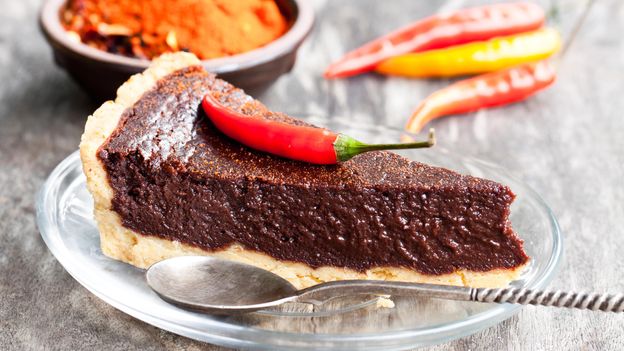Think of solar cells like cake. To find out what will happen when you add a novel ingredient, it’s far more reliable to bake it and then sample the final concoction than to try to predict what it will look and taste like before you bake it.
In the end, the food we eat, just like solar cells, is a mix of compounds. While we know capsaicin from chilli, it’s really just an organic compound, which, coincidentally, has particular properties that make it suitable for solar cell processing – as well as for spicing up a fajita.
For my own part, I had developed the process of using magnesium chloride and only later found out when I came to write the paper that it was used in tofu. I wasn’t inspired in the vegan food aisle, sadly. So, these approaches are not as weird and wacky as they sound when you first read about them. There is usually some initial logic that’s based on the inherent chemistry of these compounds, and these flights of scientific fancy are often what leads to interesting breakthroughs.
So, if in the near future you read an article about solar cells improved immeasurably by adding nutmeg or something, trust that it’s been done as a result of informed curiosity of the likely effect, rather than boredom and a looming best-before date.
—
Jon Major is a physics research fellow at the University of Liverpool’s Stephenson Institute for Renewable Energy, where he studies solar cell fabrication and characterisation. This article originally appeared on The Conversation, and is republished under a Creative Commons licence. This is also why this story does not have an estimate for its carbon emissions, as Future Planet stories usually do.
—
Join one million Future fans by liking us on Facebook, or follow us on Twitter or Instagram.
If you liked this story, sign up for the weekly bbc.com features newsletter, called “The Essential List”. A handpicked selection of stories from BBC Future, Culture, Worklife, and Travel, delivered to your inbox every Friday.












